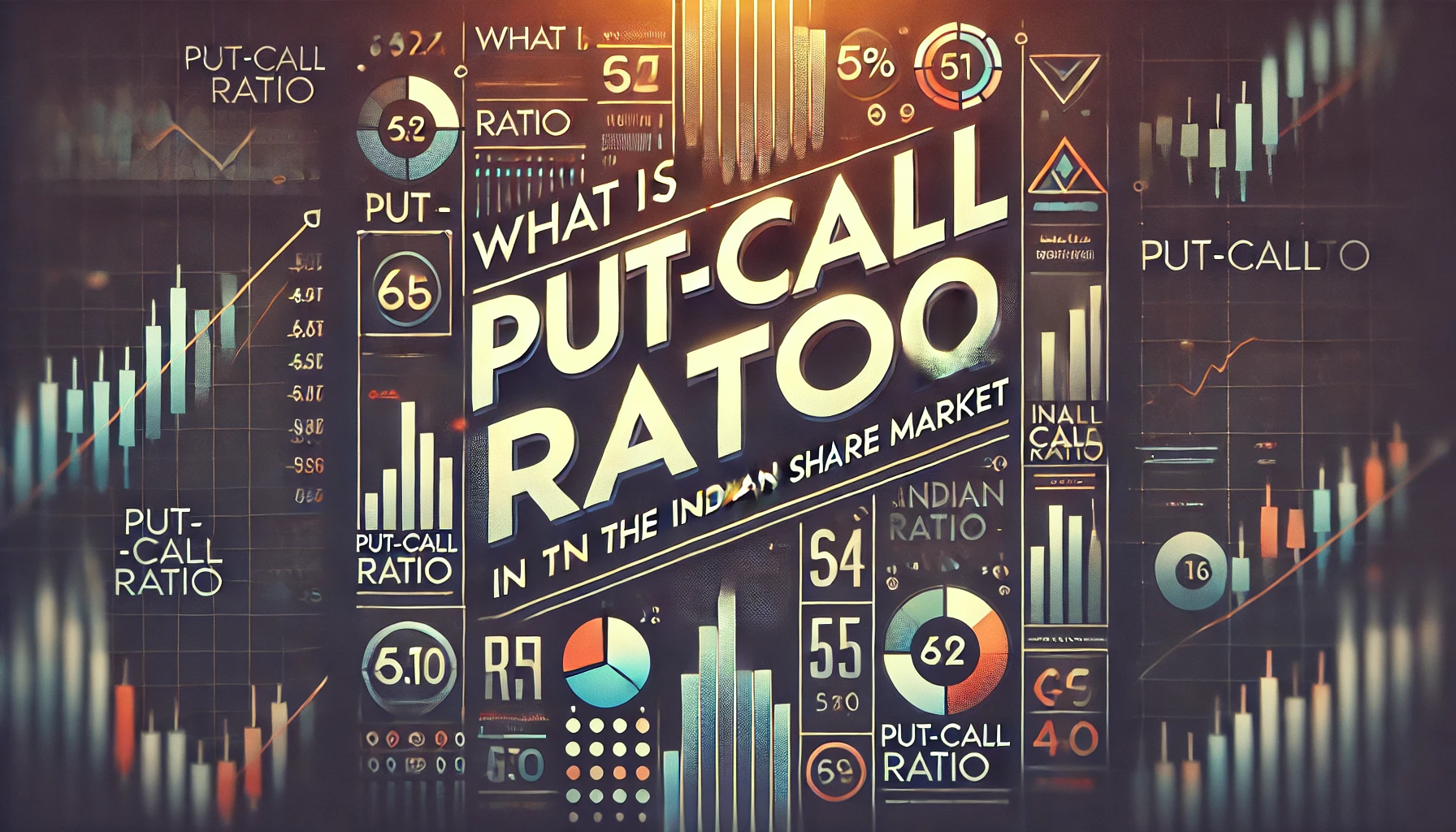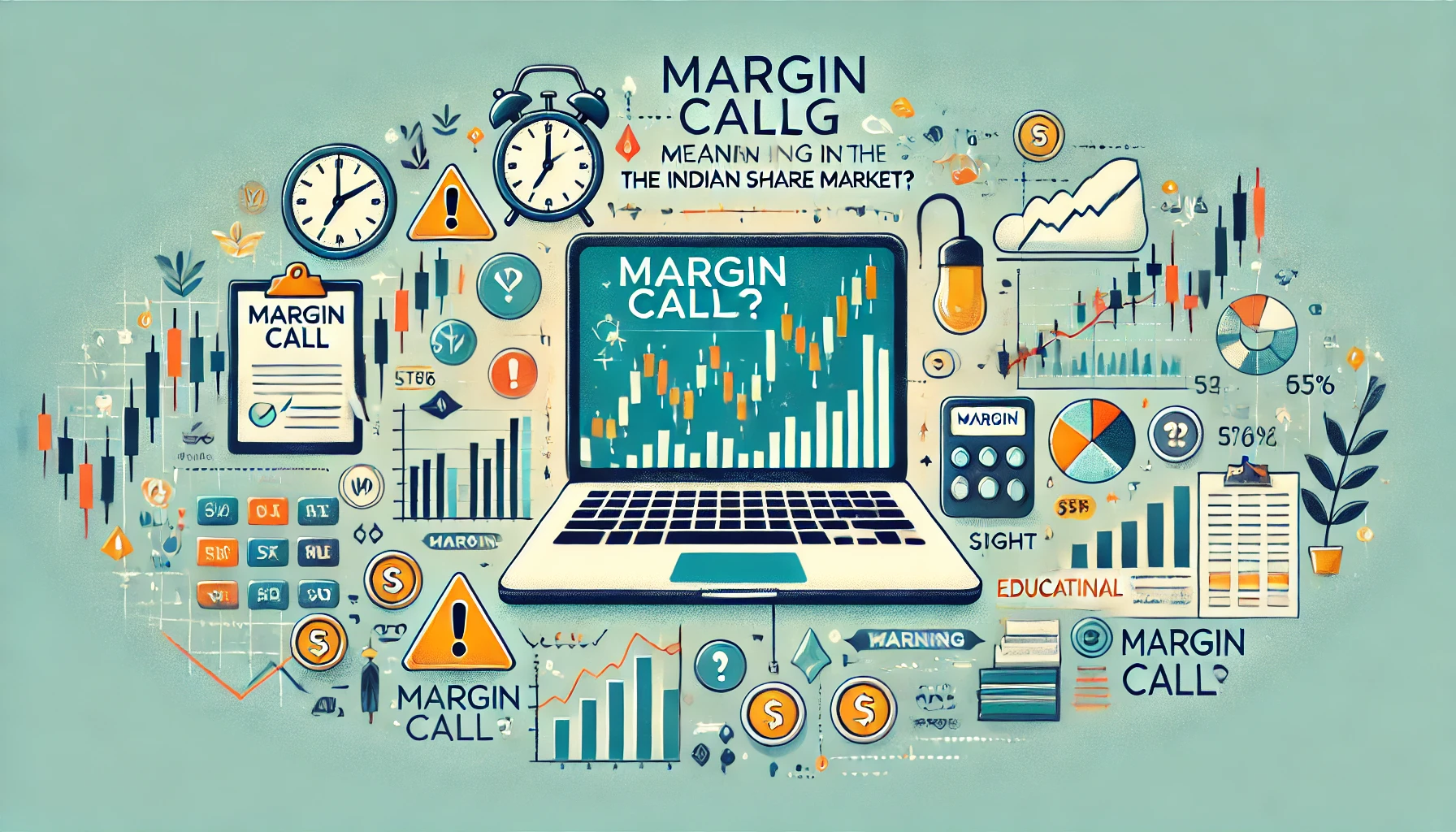In the world of derivatives, swaps are a special class of contracts that allow two parties to exchange financial instruments, most commonly cash flows. Unlike options and futures, swaps are customized contracts that are usually traded over-the-counter (OTC), making them highly flexible for hedging and risk management. Swaps play a pivotal role in managing interest rates, currency exposure, and even commodities in the Indian financial market.
This blog will explore the concept of swaps derivatives, explain their different types, and delve into how they are used in the Indian market.
Table of Contents
- Introduction to Swaps Derivatives
- Types of Swaps in the Indian Market
- Interest Rate Swaps: The Most Common Type
- Currency Swaps: Hedging Exchange Rate Risk
- How Swaps Derivatives Work
- Historical Data on Swaps in India
- Use of Swaps for Risk Management
- Advantages and Disadvantages of Swaps
- Real-World Examples of Swaps in the Indian Market
- Conclusion
1. Introduction to Swaps Derivatives
Swaps are agreements between two parties to exchange a series of future cash flows. These cash flows could be based on interest rates, currencies, or even commodities. Swaps help businesses and financial institutions hedge against risks like interest rate fluctuations and foreign currency volatility.
In India, swaps are often used by corporates and financial institutions to manage risks related to interest rates or currency movements. The flexibility of swaps makes them a preferred instrument for customized financial solutions.
2. Types of Swaps in the Indian Market
There are several types of swaps that traders and financial institutions use in the Indian market. The most common include:
a. Interest Rate Swaps (IRS)
Interest rate swaps allow two parties to exchange interest rate payments, typically swapping a fixed rate for a floating rate. These are popular in India, especially for managing the risks of fluctuating interest rates.
b. Currency Swaps
Currency swaps involve exchanging cash flows in different currencies. They are mainly used by businesses to hedge currency risk when dealing with foreign transactions.
c. Commodity Swaps
Though less common in India, commodity swaps allow the exchange of cash flows based on commodity prices, often used in sectors like oil, agriculture, and metals.
d. Credit Default Swaps (CDS)
Credit default swaps provide insurance against the default of a loan or bond. In the Indian market, CDS is used by investors to mitigate credit risks.
3. Interest Rate Swaps: The Most Common Type
Interest rate swaps are the most frequently traded swaps in India. They allow companies and financial institutions to manage their exposure to fluctuating interest rates. For example, a company with a floating-rate loan can enter into an interest rate swap to pay a fixed rate, providing certainty in interest payments.
Table: Interest Rate Swap Example
| Party A (Company) | Pays Fixed Rate | Receives Floating Rate |
|---|---|---|
| Party B (Bank) | Receives Fixed Rate | Pays Floating Rate |
In this scenario, Party A (the company) is protected from rising interest rates, while Party B (the bank) earns a fixed rate in exchange for taking on the floating-rate risk.
4. Currency Swaps: Hedging Exchange Rate Risk
Currency swaps are another popular form of swaps, used to hedge against exchange rate risks. Indian companies that deal with foreign currencies use currency swaps to lock in favorable exchange rates and avoid volatility in the forex market.
For instance, an Indian company expecting USD payments may enter into a currency swap to exchange USD for INR at a fixed rate over a specified period, reducing exposure to fluctuations in the USD-INR exchange rate.
Table: Currency Swap Example
| Party A (Indian Company) | Pays INR | Receives USD |
|---|---|---|
| Party B (Foreign Company) | Receives INR | Pays USD |
5. How Swaps Derivatives Work
Swaps are typically structured as customized contracts between two parties. The parties agree on the notional amount, which is the underlying amount on which the cash flows are based, and the terms of the swap. In an interest rate swap, for example, one party pays a fixed interest rate, while the other pays a floating rate based on a benchmark like the MIBOR (Mumbai Interbank Offer Rate).
Swaps are not traded on exchanges but are negotiated over-the-counter (OTC). This allows greater flexibility but also introduces counterparty risk.
6. Historical Data on Swaps in India
The swaps market in India has grown significantly over the years. Interest rate swaps (IRS) have become one of the most widely used derivative instruments, especially after the Reserve Bank of India (RBI) introduced reforms to deepen the market.
Table: Growth in Interest Rate Swaps in India (2018-2023)
| Year | Notional Amount of IRS (₹ Trillion) |
|---|---|
| 2018 | 25 |
| 2019 | 32 |
| 2020 | 40 |
| 2021 | 45 |
| 2022 | 50 |
| 2023 | 55 |
This table illustrates the increasing notional value of interest rate swaps, reflecting the growing demand for risk management tools in India.
7. Use of Swaps for Risk Management
Swaps are commonly used for risk management. Corporates use interest rate swaps to manage their interest rate exposure, while currency swaps are used to hedge against currency fluctuations. The use of swaps allows companies to stabilize cash flows and protect themselves from adverse market movements.
For example, a company with foreign currency debt can use a currency swap to exchange its foreign currency exposure for INR, ensuring stable debt repayments despite fluctuations in the exchange rate.
8. Advantages and Disadvantages of Swaps
Like any financial instrument, swaps come with their own set of advantages and disadvantages.
Advantages:
- Risk Management: Swaps allow companies to manage interest rate and currency risks effectively.
- Customization: Swaps are highly customizable to meet the specific needs of both parties.
- Flexibility: Since swaps are OTC contracts, they offer greater flexibility compared to exchange-traded derivatives.
Disadvantages:
- Counterparty Risk: Since swaps are traded OTC, there is a risk that the counterparty may default.
- Complexity: Swaps can be complex instruments, requiring a high level of financial expertise to structure and understand.
9. Real-World Examples of Swaps in the Indian Market
Example 1: Interest Rate Swap by Indian Corporates
Many Indian corporates, especially those in capital-intensive sectors like infrastructure and real estate, have used interest rate swaps to hedge against rising interest rates. For instance, a company with a floating-rate loan can lock in a fixed rate through a swap, ensuring stable interest payments.
Example 2: Currency Swap for Hedging Foreign Debt
Several Indian companies with foreign-denominated debt have used currency swaps to hedge against exchange rate fluctuations. By entering into a currency swap, these companies can convert their foreign currency exposure into INR, protecting themselves from currency volatility.
10. Conclusion
Swaps derivatives are powerful financial tools used by corporations and financial institutions in India to manage risk. Whether it’s interest rate swaps or currency swaps, these instruments provide flexibility and customization, allowing businesses to stabilize cash flows and hedge against adverse market conditions.
Understanding the different types of swaps and their applications is key to leveraging their benefits in the Indian share market derivatives space. With growing demand for risk management solutions, swaps will continue to play a critical role in India’s financial ecosystem.

What Is Implied Volatility?
In the realm of Indian share market derivatives, implied volatility (IV) plays a crucial role …

What is Margin Funding?
Margin funding is a powerful tool in the Indian share market that allows traders to …

Forward vs Future contract
In the Indian share market, derivatives such as forward and future contracts play a pivotal …

What is Margin Money?
Margin money is a crucial aspect of trading in the Indian share market, especially in …

What is Put-Call Ratio?
The Put-Call Ratio (PCR) is one of the most widely used indicators in options trading …

What is Derivatives?
Derivatives are financial instruments whose value is derived from an underlying asset or benchmark. In …

What is Cost of Carry?
The cost of carry is an essential concept in futures trading that reflects the cost …

What is futures
Futures are a fundamental part of derivatives trading in the Indian stock market. They allow …

Bullish Option Strategies
In the ever-evolving world of derivatives trading, options have become a powerful tool for investors …

Understanding Physical Settlement in Futures & Options Contracts: A Comprehensive Guide
In the world of derivatives trading, the concept of physical settlement has gained prominence, particularly …

what are call options
The Indian share market has expanded significantly over the years, attracting a growing number of …

What Is Credit Spread Strategy
In the world of options trading, the credit spread strategy is one of the most …

What Is a Forward Contract
A forward contract is a customized financial agreement between two parties to buy or sell …

Types of Derivatives in India
The Indian derivatives market has grown exponentially, becoming a vital tool for investors and traders …

What is Swaps Derivatives
In the world of derivatives, swaps are a special class of contracts that allow two …

Intrinsic Value and Time Value of Options
Options trading is one of the most widely used financial instruments in the Indian share …

What is Open Interest?
In the world of derivatives, the concept of “Open Interest” plays a crucial role in …

Types of underlying assets in derivatives
The Indian derivatives market has grown exponentially over the last few decades, thanks to its …

derivatives on Option Volatility & Pricing Strategies
The Indian share market derivatives segment is a dynamic environment where advanced traders rely heavily …

What is Futures Contract
The Indian share market offers various financial instruments that provide opportunities for investors and traders. …

What is implied volatility in options?
In the world of options trading, one of the most crucial elements to understand is …

Futures Pricing Formula
The Indian share market is known for its dynamic nature and offers various opportunities for …

What is an ITM Call Option?
The world of options trading is filled with technical terms that are crucial for investors …

What is Max Pain Theory?
The Indian share market is full of strategies and theories that traders use to predict …

What is OTM Call Options
In options trading, terms like “in the money” (ITM), “at the money” (ATM), and “out …

What Is Rollover
Rollover is a common term in the world of futures and derivatives trading, especially in …

Futures Prices Converge Upon Spot Prices
In the world of financial markets, futures contracts play a significant role. One of the …

Call Ratio Back Spread
In the Indian share market, advanced trading strategies such as the Call Ratio Back Spread …

Margin Call Meaning
A margin call is one of the most critical warnings in trading, often marking a …

What is Bermuda Option?
The financial markets are full of complex instruments, and one such tool is the Bermuda …


















